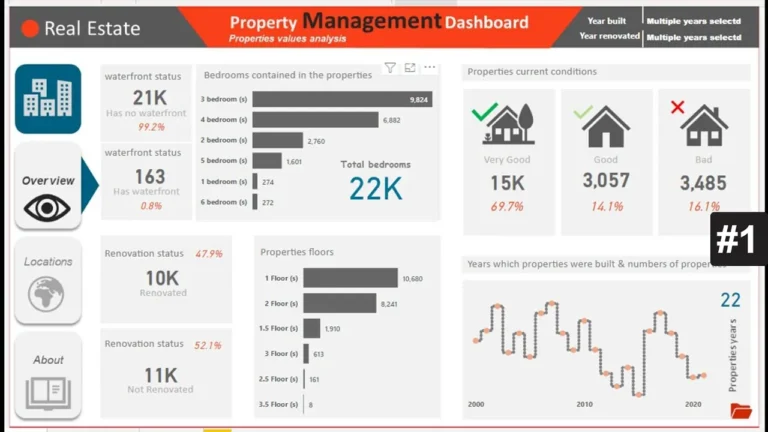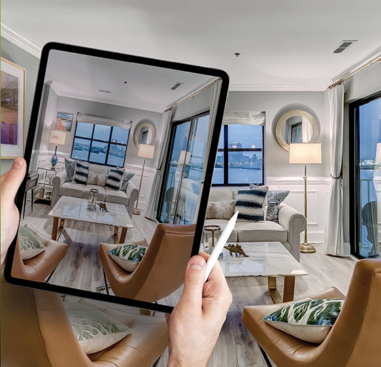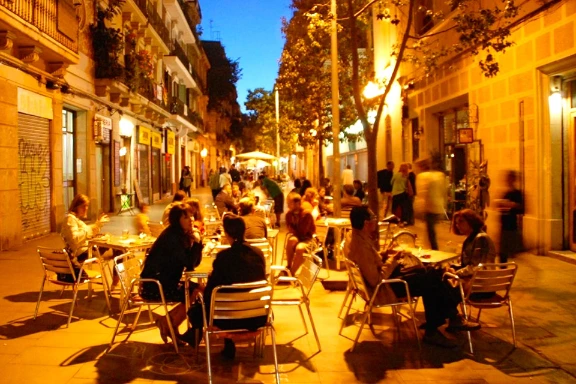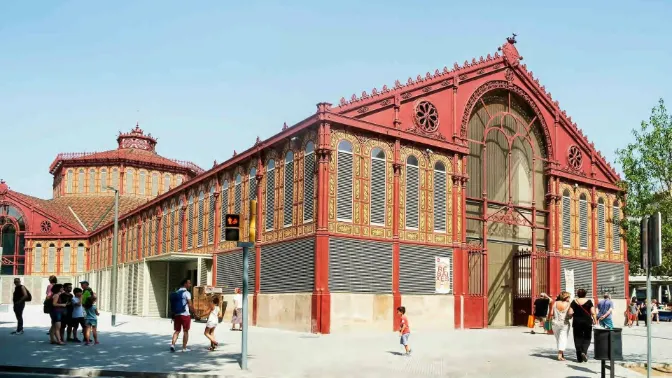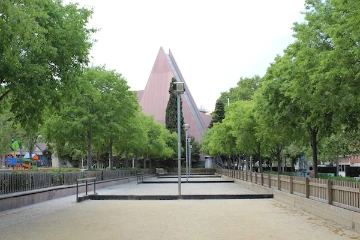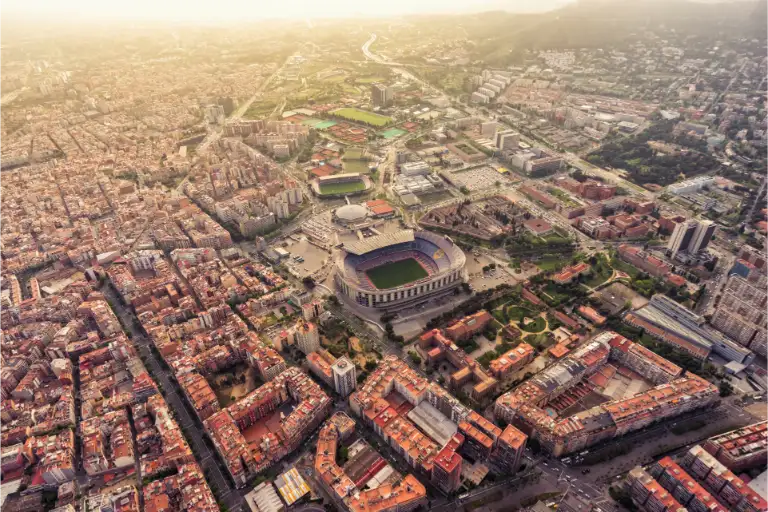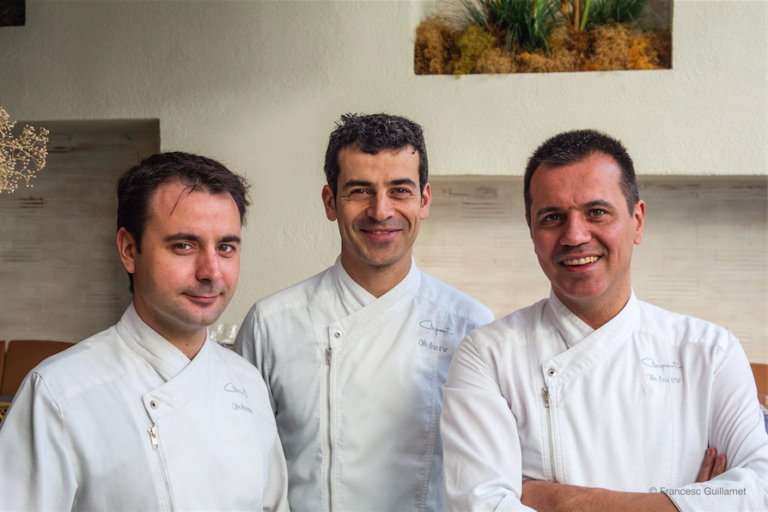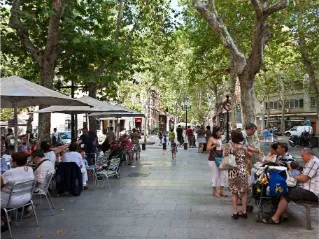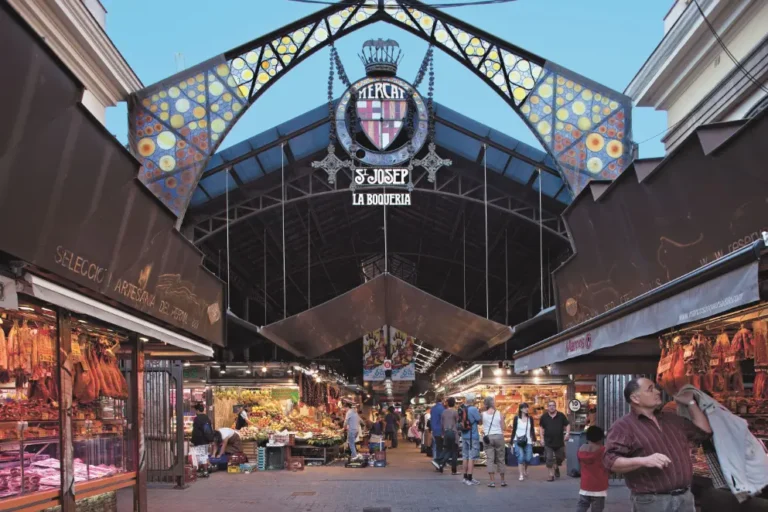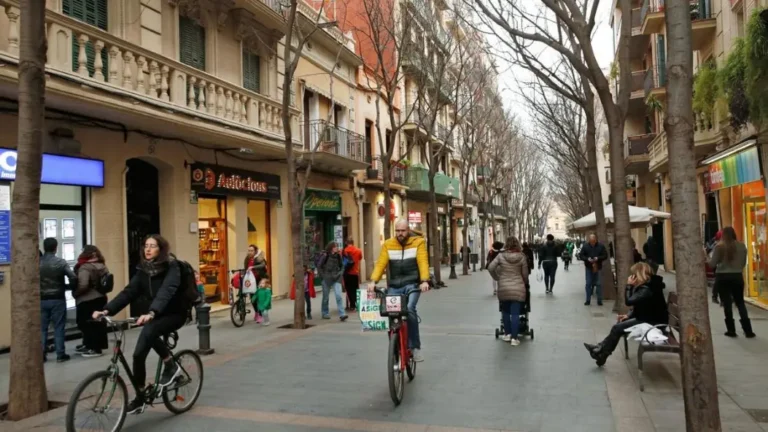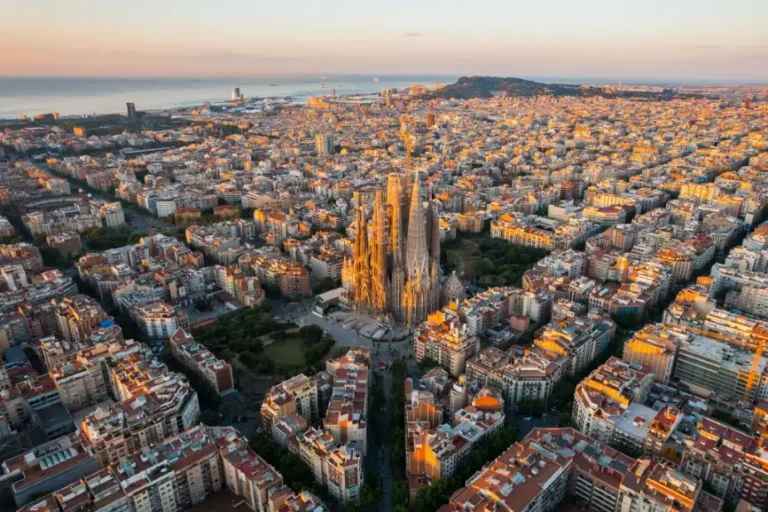Buying a home in Barceloneta
Barceloneta: Fun to Visit, Tricky to Call Home (Sometimes)
- Overview & why people love it
- Pros (beach life, walkability, seafood)
- Cons (summer crowds, small flats, noise)
- Micro-areas & where to look
- Who Barceloneta suits (and who it doesn’t)
- Buying notes: buildings, noise, salt air
- Transport & getting around
- Food & nightlife (beyond the tourist traps)
- Schools & everyday services
- FAQ
- Related guides
Overview & Why People Love Barceloneta
I’ll admit it — I love Barceloneta. The location, the seafood, the energy. When I’m craving fresh fish, this is where I go. You’ll find everything from no-frills local joints to polished seaside spots, and if you wander a block or two off the main drags, prices and vibes get more local. Pro tip: if someone’s calling you in from the door, it’s probably a tourist trap.
The big draw is obvious: beach access. In Barcelona, it’s rare to live just steps from the sand (outside a few stretches of Poblenou). The waterfront promenade is perfect for morning runs, sunset walks, volleyball, or simply soaking up the sun. The narrow lanes still whisper the barrio’s fishing-village roots, giving it a character you won’t find in newer neighborhoods.
Note for readers: If you’re comparing areas, also look at Eixample for turn-of-the-century grandeur and elevators, and Poblenou for beach-adjacent living with bigger flats and newer builds.
Now the trade-offs. Most flats here are compact — often 30–50 m² — and many sit in older buildings that need updates. In summer, nightlife runs late, and buzz from beach bars can carry. Like any busy tourist zone, stay mindful about petty theft. And parking? Essentially nonexistent.
Who’s it for? If your dream is walking out the door and onto the sand, you’re okay with compact living, and you thrive on constant energy, Barceloneta is your place. If you want space, quiet nights, and fewer tourists at your front door, it’s still one of the best places to visit — just maybe not to live year-round.
Buying a home in Barceloneta


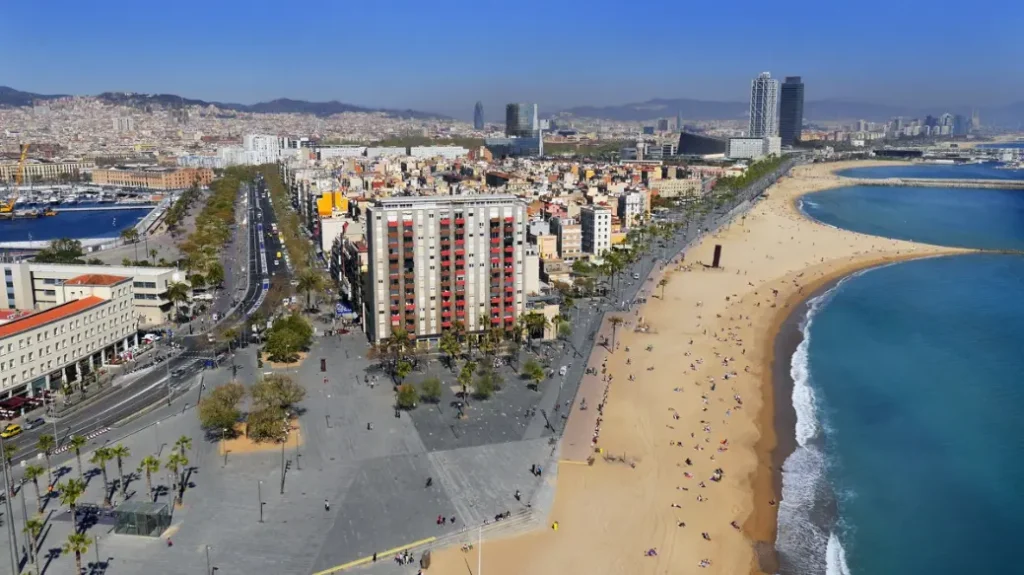
Pros — Why People Choose Barceloneta
- Beach-first living: daily swims, sunrise runs, and a waterfront promenade a few steps from home.
- Walk-everywhere convenience: markets, cafés, and essentials within minutes; the old fishing-village grid keeps everything close.
- Seafood scene: from no-frills classics to polished seaside spots—great value a block off the main streets.
- Character: narrow lanes, low-rise buildings, and a lived-in vibe you won’t get in newer developments.
Cons — What to Watch Out For
- Summer crowds & late nights: peak season brings noise around the beach, xiringuitos, and Joan de Borbó.
- Compact flats: many homes are 30–50 m² with stairs and limited storage; lifts are less common.
- Older stock: salt air ages facades and metalwork; windows and insulation vary building to building.
- Tourist-zone realities: be mindful of phones/wallets and choose quieter micro-areas. For citywide tips, see Is Barcelona a safe place to live?
- Parking: assume none; plan on walking, biking, or Metro.
Micro-areas & Where to Look
- Inner grid by Mercat de la Barceloneta: most “local” feel; target quieter side streets one or two blocks back from the beach for better sleep and lower foot traffic.
- Passeig Marítim / W-Hotel end: views and newer builds but busier and pricier, with heavier nightlife spillover.
- Joan de Borbó corridor: super convenient for services and buses; prioritize upper floors, rear orientations, and double-glazing.
- Port Vell side: handy for marina life and quick access to El Born; tourist flow varies by street—walk it at night before you choose.
- One-street-back rule: being a single block off the seafront often cuts noise dramatically while keeping the sea breeze.
Buying a home in Barceloneta

Buying Notes: Buildings, Noise, Salt Air
- Lifts vs. walk-ups: many buildings are sin ascensor. Upper floors are quieter/brighter but think groceries in August.
- Windows & soundproofing: invest in double-glazing, especially near Joan de Borbó and the seafront.
- Salt & humidity: check metalwork, facades, and window seals; sea air accelerates wear.
- Orientation & light: east-facing for morning sun/sea breeze; interior patios are quieter but dimmer.
- Community health: review minutes for façade/roof works, quotas, and any holiday-rental bylaws.
- Paperwork ready: line up your NIE number Spain and start mortgage pre-approval early so you can move fast when the right flat appears.
Short-stay licenses: tourist rental licensing is tightly regulated citywide and extremely limited in Barceloneta. If revenue is part of your plan, focus on mid-term (6–11 month) stays or end-user living and confirm bylaws before you buy.
Transport & Getting Around
- Metro L4: Barceloneta station (and nearby Ciutadella | Vila Olímpica) for fast links to the center and Poblenou.
- Buses: frequent lines along Pg. Joan de Borbó and the seafront connect to the Gothic Quarter, Eixample, and beyond.
- Walking & cycling: flat terrain, dedicated bike lanes, and the waterfront promenade make car-free living easy.
- Parking: assume you won’t have it—plan for resident zones, car shares, or public garages if absolutely needed.
Food & Nightlife (Beyond the Tourist Traps)
Seafood is the headline act—grilled fish, arroz, and classic tapas. Value jumps a block off the main strip. Mercat de la Barceloneta is your everyday anchor for fresh produce and fishmongers. In season, xiringuitos line the beach for sunset drinks and informal dinners.
- How to eat well here: avoid door-touting; follow the locals; book weekends in summer.
- Late nights: expect spillover noise near the seafront and plaza areas—choose side streets for quieter evenings.
- Want calmer evenings? Consider nearby Poblenou for larger flats and a mellower nightlife rhythm.
Schools & Everyday Services
Barceloneta is practical for daily errands—supermarkets, pharmacies, bakeries, gyms, and clinics are close. Flats are typically compact, so many residents live outdoors: beach, promenade, parks, and nearby Ciutadella.
- International schools: not in Barceloneta itself; families usually commute to broader-city options. Start with our guide: Best International Schools in Barcelona.
- Healthcare & fitness: local CAPs and private clinics are reachable; plenty of gyms and outdoor fitness on the seafront.
- Safety basics: normal big-city awareness applies. For tips, see Is Barcelona a safe place to live?.
Buying a home in Barceloneta



FAQ — Living in Barceloneta
Is Barceloneta safe at night?
Mostly, yes. It’s busy and well-lit, but use normal big-city awareness—especially in peak season around the beach and Joan de Borbó. Stick to main routes, keep phones secure, and avoid obviously touristy traps late. For a citywide view, see Is Barcelona a safe place to live?
Can I run short-term holiday rentals here?
Very unlikely. Tourist licenses are tightly restricted citywide and extremely limited in Barceloneta. Most owners focus on mid-term (6–11 months) or end-user living. Confirm building bylaws and city rules before you buy.
What are typical apartment sizes and buildings?
Many homes are 30–50 m², often in older walk-ups. Some newer or refurbished buildings sit closer to the seafront. Expect compact layouts, varied insulation, and occasional no-lift buildings.
How do I reduce noise?
Choose one or two streets back from the beach, go for upper floors, and look for double-glazing. Rear or interior-patio orientations are quieter (but sometimes darker). Walk the street at night before deciding.
Is parking realistic?
No, not usually. Plan for walking, cycling, Metro L4, and buses. If you must have a car, budget for public garages or look at nearby neighborhoods with better parking.
Are there international schools nearby?
Not in Barceloneta itself—families commute to schools elsewhere in the city. Start with our guide: Best International Schools in Barcelona.
Any “hidden costs” of owning by the sea?
Salt air can age facades, metalwork, and window seals faster. Review community minutes for planned façade/roof works and check recent maintenance.
Related Guides & Next Steps
- Poblenou — beach-adjacent living with bigger flats and a calmer pace
- Eixample — grand buildings, elevators, central grid
- Sant Martí — value, transport links, and access to 22@
- NIE number Spain — how to apply fast (DIY or lawyer)
- Mortgage pre-approval for expats — documents & rates
- Is Barcelona safe? — practical tips and areas to be mindful in

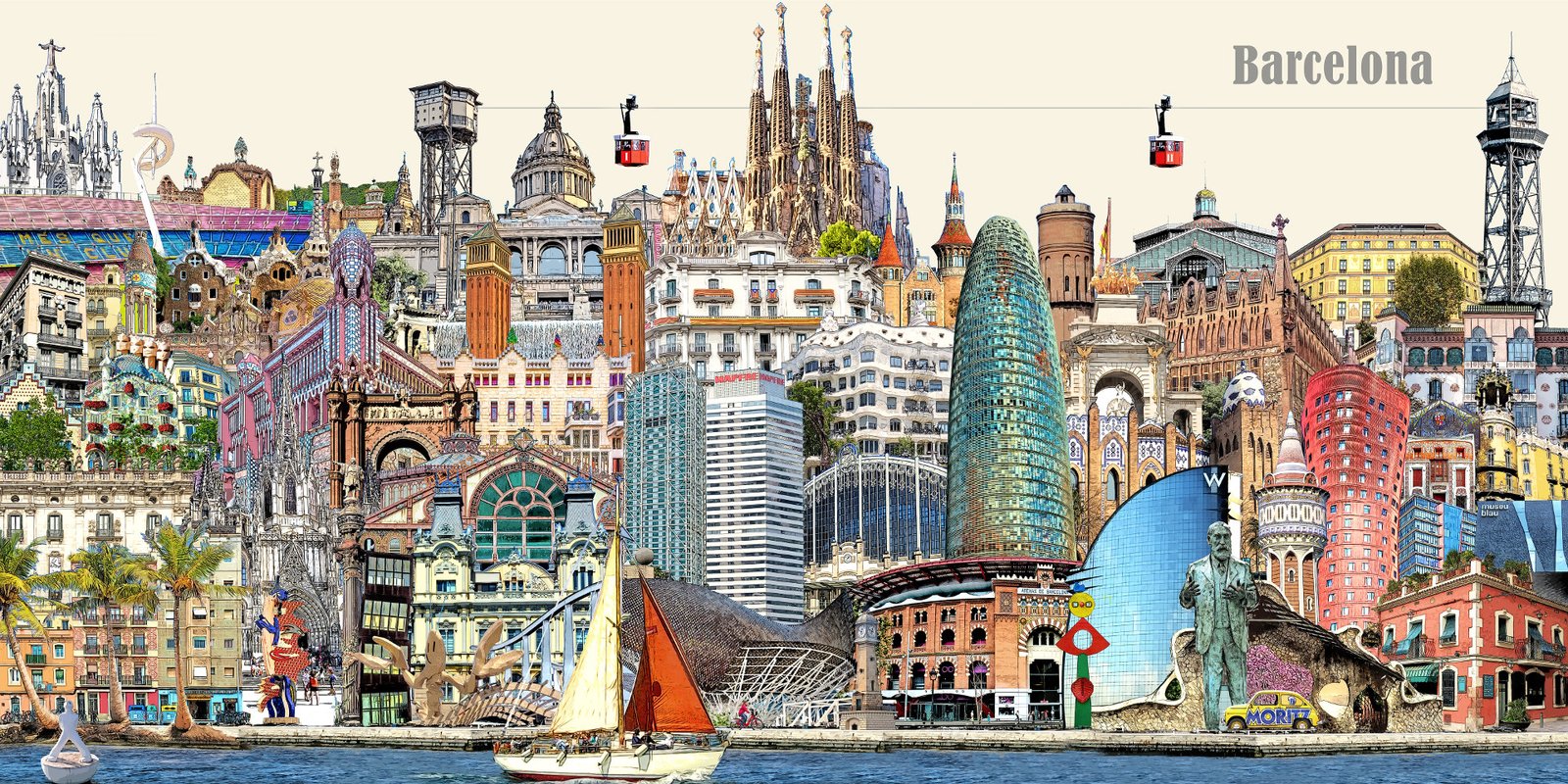
You want real estate agents who are focused on Barcelona – NOT all of Spain.
We live in Barcelona. We are the locals. We have bought our own properties, and have gone through the journey from buyer to owner many times with many clients.
- We Speak Your Language (Literally)
- 10 years Real Estate Experience In Scottsdale, Arizona, United Sates
- 7 Years Real Estate Experience in Barcelona
American Real Estate Experts In Barcelona to Find Your Dream Home
We’re Americans in Barcelona who’ve been through this ourselves. We know the expat curveballs—paperwork, noise levels, stairs, elevators, neighborhoods that look great online but don’t fit real life. Tell us how you live and what you want to spend; we’ll guide you to the right neighborhoods and a short list of homes that actually fit your lifestyle and budget.
- +34 636-383-338
- +34 636 383 338


